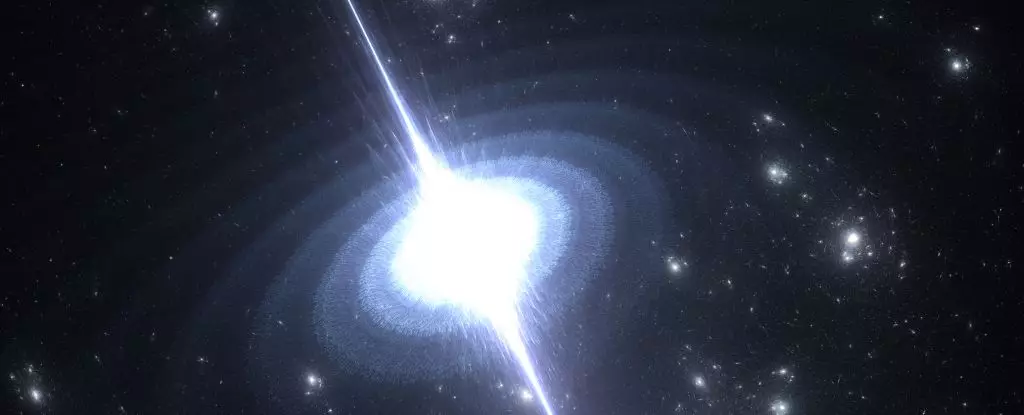The universe is full of mysteries, and among its most elusive inhabitants are axions—hypothetical particles that could play a crucial role in unlocking the secrets of dark matter. Proposed as a theoretical solution to a variety of cosmic puzzles back in the 1970s, the existence of axions has yet to be confirmed. If these particles truly exist, their discovery could fundamentally change our understanding of the cosmos, providing answers to questions regarding the very fabric of dark matter and the unseen forces that influence galaxy formation and behavior.
Characterized by their predicted extremely weak interactions with regular matter, axions are comparable to neutrinos in terms of their elusive nature. Yet, they stand apart in their potential to offer insight into the dark matter conundrum. Dark matter remains one of the most persistent enigmas in astrophysics; its presence is inferred through its gravitational effects, despite not being directly observable like ordinary matter. Axions are theorized to exhibit behavior consistent with dark matter, suggesting that their mass and properties could parallel the unaccounted forces at play in the universe.
One of the most promising environments for the potential detection of axions lies within neutron stars, particularly pulsars—rapidly rotating neutron stars renowned for their astonishing magnetic fields. The violent aftermath of supernova explosions collapses massive stars into these cosmic monoliths, resulting in densities so high that they begin to exhibit collective behavior akin to a singular atomic nucleus. The resulting magnetic fields are so intense, trillions of times stronger than Earth’s, that they present unique conditions for axion production and detection.
Pulsars, which can spin at extraordinary rates, act as cosmic lighthouses, emitting beams of radiation that sweep through the universe. As this spinning accelerated mass enhances the magnetic field strength, it also creates an intriguing possibility: the presence of axions in high-density environments may generate observable signals. Theoretically, axions could decay into photons, becoming visible under the right circumstances. The search for excess light emanating from neutron stars has tantalized astronomers, but current observations have yet to yield definitive evidence.
Recent studies have advanced our understanding of how axions might proliferate in and around pulsars. One innovative hypothesis suggests that the extreme gravitational conditions present near pulsars could enable axions to accumulate over time, resulting in the formation of “axion clouds.” These clouds are theorized to linger near the pulsar’s surface, persisting for the lifespan of the neutron star itself. If such axion clouds do exist, they may possess a density exceeding local dark matter levels by several orders of magnitude, calling for new avenues of detection.
Researchers have put forth possibilities for how these hypothetical clouds might manifest in observable forms. A continuous signal, perhaps a narrow peak in the radio spectrum corresponding to the mass of the axion, could provide a tantalizing hint of their existence. Although the precise mass remains unknown, such a signal could help constrain its potential range. Alternatively, as neutron stars evolve and approach the end of their lifecycles, a burst of light linked to axion decay might occur, although the timeframes involved are on the scale of trillions of years—beyond the current age of the universe.
The quest for evidence of axion clouds around pulsars has yielded intriguing insights, even in the absence of direct detection. Allowing researchers to set tighter constraints on the mass of axions has revitalized the search for these elusive particles, suggestive of an exciting era in axion research.
The implications of discovering axions are profound. If confirmed, they would not only enhance our understanding of dark matter but also possibly lead to a paradigm shift in our grasp of fundamental particle physics. The relationship between axions, neutron stars, and dark matter could illuminate the vast observational discrepancies that currently challenge astronomers and physicists alike.
As the field continues to progress, relying on increasingly sophisticated observational techniques and theoretical models, each new discovery brings us one step closer to answering the fundamental questions about the universe’s structure and composition. The pulsing signals of distant pulsars may eventually reveal an unseen world filled with axions, altering the narrative of cosmic history and further entwining the delicate threads of matter and energy. The cosmos is a realm of possibilities, and axions, as hypothetical as they may be, may hold the key to some of its most profound secrets.


Leave a Reply